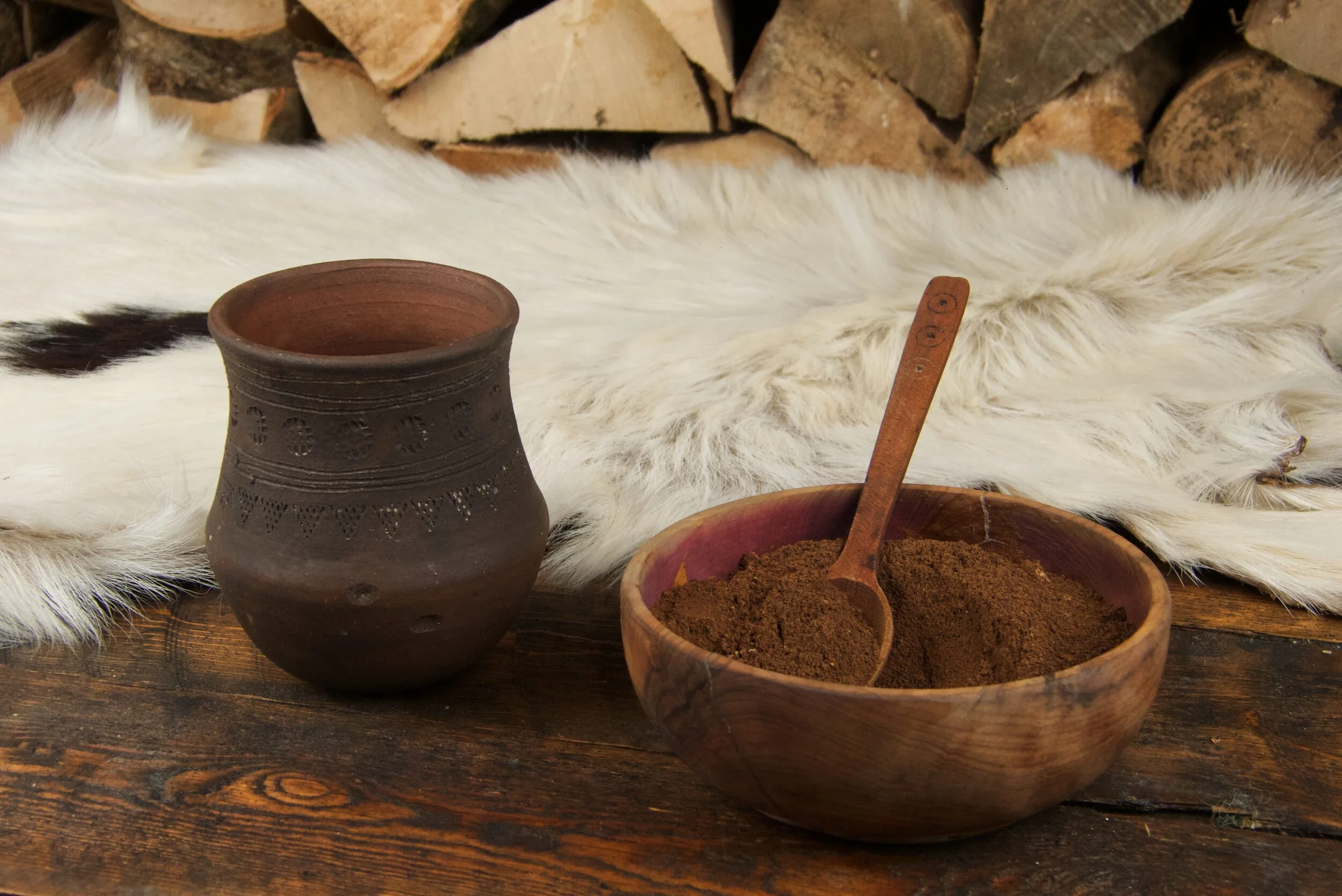This is a story of fire, and ice. I’ve embellished it a bit, but that’s my right.
Before the world is here, before grass, or sand, or cool waves, there is only fire, and ice, and the gap.
When the fire meets the ice in the middle of the gap, great rivers grow, roofed with frost, and deep in the folds of the frost, the giant Ymir sleeps. He is the first of his kind, and the best. The first cow comes to lick him free, and then he uses the sweat, and the hair, and the dead skin from his armpits, to create his own offspring, and they become the race of giants.
But the first cow keeps on licking. She licks at the frost until she finds somebody else, the god Buri, the first of his kind and the best. Buri makes his own offspring with his wife, and for a while the race of gods and the race of giants live in peace.
One of Buri’s grandsons, the one they call Odin, sees Ymir, and lifts his spear to aim it at the giant’s heart.
“This will be a good game,” he thinks, throwing it, piercing the giant through.
Odin’s brother Villi sees this game.
“This looks fun,” he thinks, and hooks a noose around the giant’s neck, choking out his last breath.
Odin’s brother Ve sees this game.
“This looks fun,” he thinks, as he hacks at the giant’s throat with his knife and lets him bleed.
But the giant does not stop bleeding. He bleeds and bleeds until everything, the fire, the ice, and the gap, are all filled, until the first gods and the first giants and the first cow are all drowning, drowning and sinking in the sticky red tide, save for those few who can hide in the hollow of an old tree. Odin, Villi, and Ve, work quickly, turning Ymir’s cold bones to rock, shaping his dead flesh into new land, trapping the briny flood so it becomes the ocean. They take his skull, and shake it; his brains become the clouds. The blue in his eyes becomes the blue of the sky, and the gods rule over this world and call it their own. The race of giants are pushed out to the edges of this place, out to the dark corners, where they become the wild things- avalanches, floods, forest fires and plagues- ancient and terrible.
Odin goes for a walk, admiring the grass, and the sand, and the cool waves, using some of the giant’s eyebrows to add a few finishing touches to hedges and trees, when he sees two pieces of driftwood on a beach.
‘This will be a good game,’ he thinks. He calls over his brother Lothar. “Lothar,” he says, “do these bits of wood look like people to you?”
Lothar looks down at them. “No. They look like bits of wood. But you always were rather strange.”
“Are you sure? Look again, will you?”
So Lothar, losing patience, picks up the pieces of driftwood and blows on them both. With his breath he gives them skin instead of bark, and the forms of a man and a woman. He tosses them back on the sand. “There,” he says, “now they look like people.”
Odin calls his brother Hoenir over. “Hoenir! Look what Lothar has done. I bet you couldn’t turn wood into people.”
Hoenir shrugs. “They’re not people, they just look like people. Any idiot with a chisel can make wood look like people.” He picks them up, and blows on them, and with his breath he gives them spirits – joy, laughter, and peace. He shrugs again, satisfied, and places them back on the sand.
Odin smirks. “That’s good,” he says, “but perhaps a little dull.” Before the others can stop him he picks up the pieces of driftwood and coughs, hacking, wheezing into their mouths, filling them with rage, madness, poetry, while the gods look on in horror.
Odin holds up a finger.
“Wait.”
He breathes on them again. With his breath he gives them breath of their own. With his breath he gives them speech. With his breath he gives them stories.
They become Ask and Embla, and they are the first of their kind, and the best.
The gods give Sunna the sun in a chariot to pull across the sky, so that the new race of men might know what time it is. The gods give Mani the moon in a chariot to pull across the sky, so that the new race of men might know what day it is.
But out in the edges of the world, in a dark corner called the Ironwood, where the bark on the trees is rust, and the soil on the ground is soot, a giantess sits brooding. She takes her two sons, and turns them into wolves, and they are the first of their kind and the best.
She raises up her son Hati, and says “Run. Run after the moon until you catch him, run until you swallow him, so that all the months of men shall be ended.”
She raises up her son Skoll and says “Run. Run after the sun until you catch her, run until you swallow her, so that all the days of men shall be ended.”
But it’s taking them a little longer to catch up than they expected; they are still there, the chasing wolves, running over the land shaped from Ymirs’ corpse, through the sky shaped from his skull, until they reach and devour their prey, until the world is gone and nothing is left but fire, and ice, and the gap.
Save, of course, for those that hide, in the hollow of an old tree…
Written by Emma Brooks






